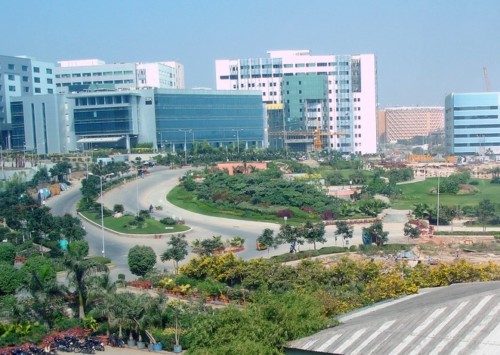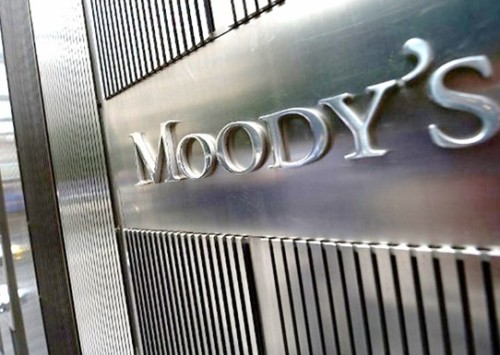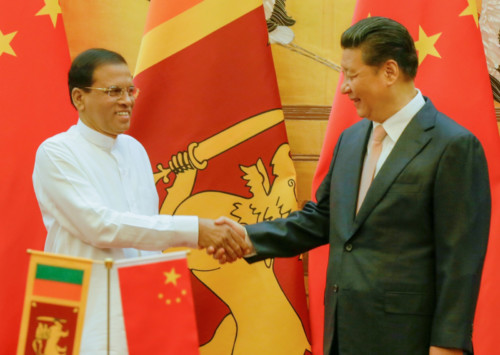India highlights ease of doing business reforms for World Bank
As the World Bank prepares to assess India’s renewed policies to compile a new yearly report of the ease of doing business index, India highlights a few glitches in the assessment system that overlooked imperative reforms in the last report.
According to the statements made by the Department of Industrial Policy and Promotion (DIPP) last week, the World Bank missed a few important changes in the legal framework of India while they made the 2016 report. Legal reforms in enforcing contracts, easing arbitration, resolving insolvency and the introduction of a single-window system were overlooked.
Prime Minister of India, Narendra Modi had previously shared his vision of bringing India among the top 50 nations by 2018; however, India crawled up a single spot to 130 in last year’s ease of doing business index. In last year’s report, there was a significant improvement under the head of ‘getting electricity’ (25 ranks up) and ‘enforcing contracts’ (6 ranks up) for India. Despite these two evidently positive changes among the 10 topics under which the ranking is decided, India’s rankings remained quite dismal.
What went unnoticed?
A team from the World Bank will soon visit India to assess the conditions before they compile the 2017 ease of doing business index. Similarly, in 2016, the assessment was done in June. However, the DIPP secretary Ramesh Abhishek was quoted saying that many of the reforms were implemented after June and thus got overlooked.
Additionally, some of the reforms that were already in practice last year were not communicated to the World Bank team as the multilateral body from World Bank bases its report on feedback from users of government services such as traders, industrialists, and the general public, who were unaware of most of the measures.
The 10 parameters taken into account while drafting this report also missed out the tax reforms and easing of procuring credits from the market that were under jurisdiction.
Since then, the DIPP has upgraded awareness campaigns about reforms implemented and has been rolling out online and social media polls to gather suitable data.
Big step towards ease of doing business. Government authorises use of PAN/GSTN Number as valid Import-Export Code. DGFT issues circular.
— Karlapu Kiran Kumar (@scarysouthpaw) June 13, 2017
India is banking on
Over the last twelve months, there has been a paradigm shift in India as far as business functioning and starting new enterprises are concerned. The reforms that India would be banking on are trade infrastructure, sector-wise changes such as the Import Data Processing and Monitoring System (IDPMS) becoming active, the introduction of Goods and Services Tax (GST) and a single-window clearance for traders at major ports.
Ministry of Commerce and Industry and DIPP in partnership with the World Bank Group, released the Business Reform Action Plan (BRAP) 2017 for implementation by states and union territories on April 13 this year.
Every asessse in GST regime will b assessed by just 1 indirect tax department.. A landmark step ahead in ease of doing business!!
— CBEC (@CBEC_India) June 9, 2017
The BRAP includes 405 recommendations for reforms on regulatory processes, policies, practices and procedures spread across 12 reform areas, such as labour regulation enablers; contract enforcement; registering property; inspection reform enablers; single window system; land availability and allotment; construction permit enablers; environmental registration enablers; obtaining utility permits; paying taxes; access to information and transparency enablers and sector specific reforms spanning the lifecycle of a typical business.
This year there are 103 new set of reforms (out of 405) focusing on central inspection system, online land allotment system, online single window system for granting construction permits, registration under Inter State Migrant Workmen (RE&CS) Act, 1979, approval for boiler manufacturer and boiler erector, etc. BRAP 2017 also includes two new sectors – healthcare and hospitality. The last date to implement the reform is slated as the last day of October.
The system, rolled out by the Reserve Bank of India, is aimed at facilitating faster and efficient data processing for import payment. All an importer has to do for releasing payment to a seller abroad is to quote the IDPMS number. In the past, importers had to send physical copies of all import documents, said Ajay Sahai, director-general of the Federation of Indian Export Organisations.
FM @arunjaitley :GST is the most important tax reform since independence & is going to substantially ease doing of business in India.
— Ministry of Finance (@FinMinIndia) June 8, 2017















